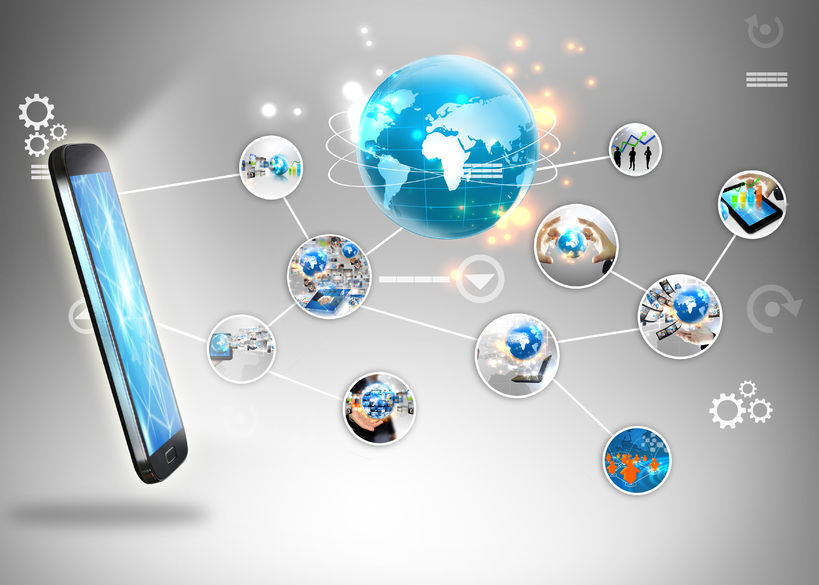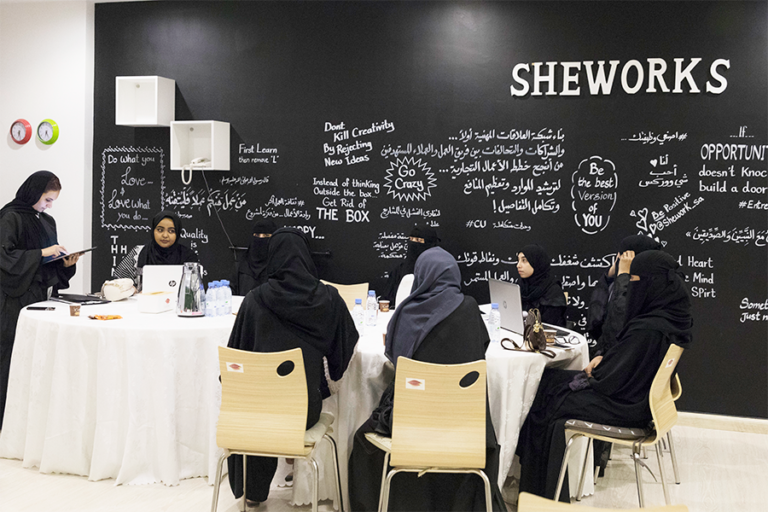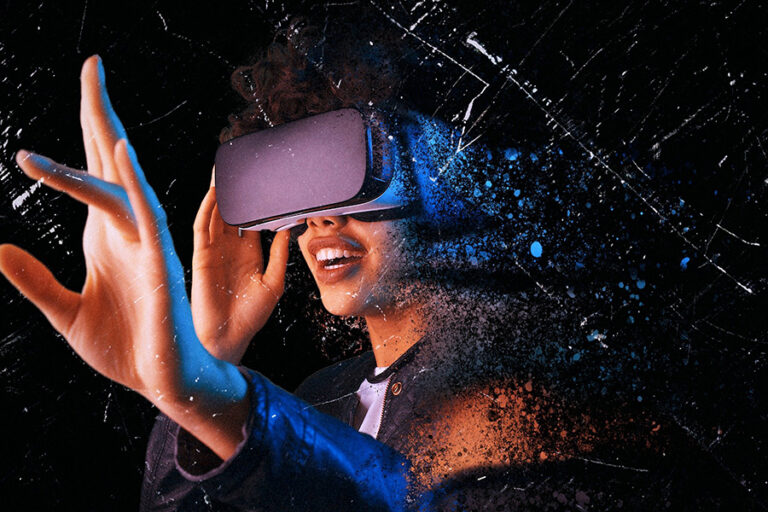The promise of the automobile was always not only to take people where they want to go—but do it fast.

However, as with any medicine, an overdose is poison. According to a recent report, Manhattan’s 2010 traffic crawled along at a meagre 9.1 mph—and in 2017 that rate even dropped to 7.1 mph. While these figures may differ in other major cities, the trend is similar.
But the nerve-wrecking crawl of modern city traffic has boosted alternatives, from public transport to e-bikes and on to integrated mobility concepts.
However, the best way to deal with rush hour traffic is to avoid being stuck in it at all. This is achievable through technologies such as digital workspaces encompassing all the apps, services, and files that digital workers need for their everyday tasks and making them accessible via the cloud from any device, anywhere, anytime.

Soon, IoT-enabled digital workspaces will help create office environments that automatically adapt to a user’s individual preferences. At the same time, a dramatic rise in integrated artificial intelligence will allow to intelligently automate tasks and workflows that today still have to be performed, or at least triggered, manually.
So, while commuter traffic has almost come to a halt, the digital workspace is about to redefine the speed of business![]()
Christian Reilly, CTO, Citrix
As published in TIME magazine









